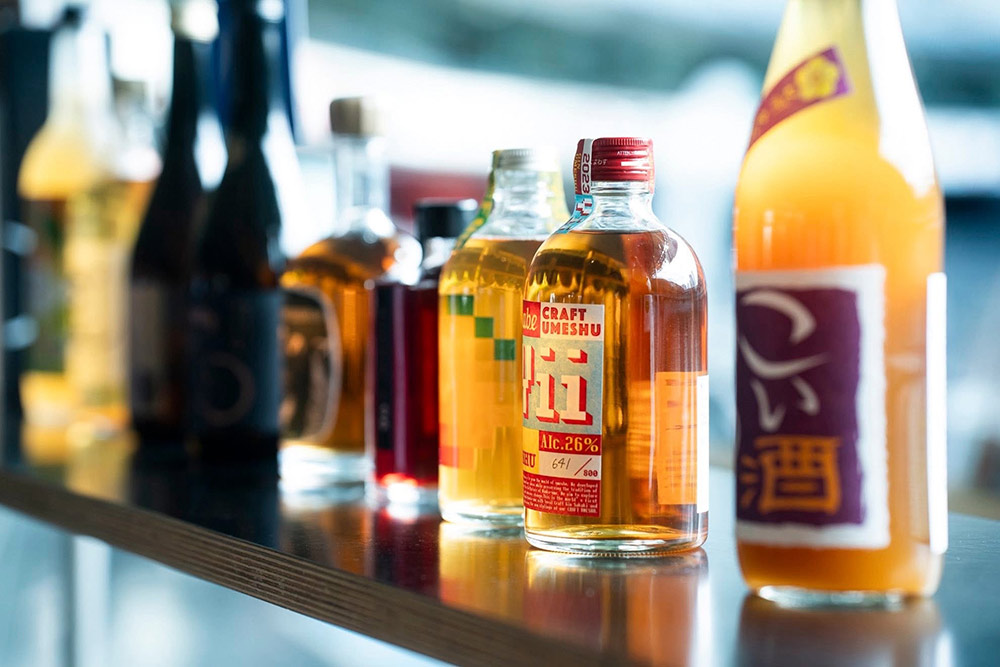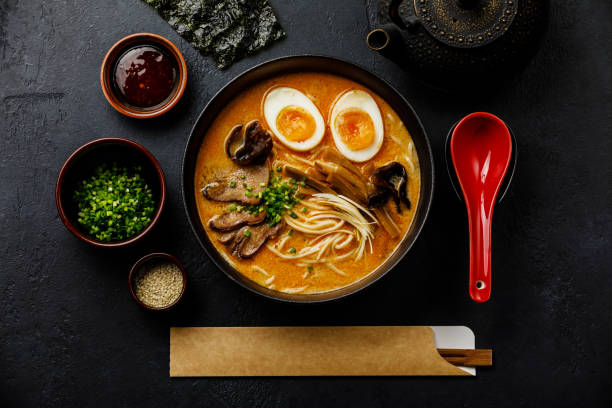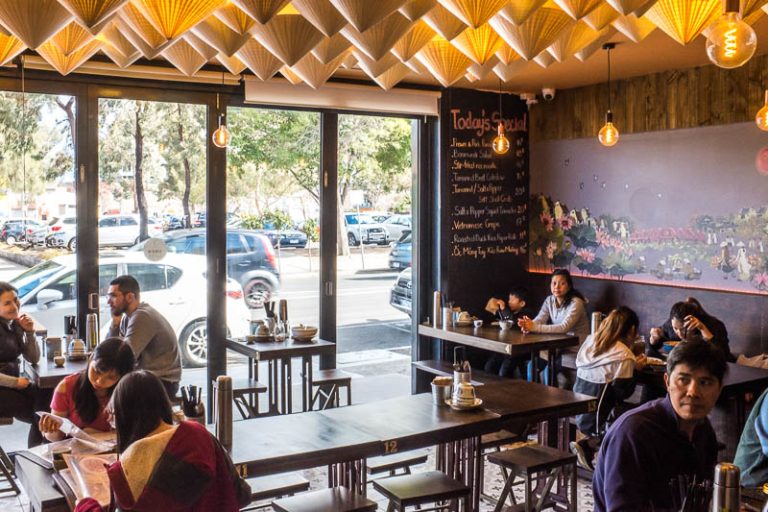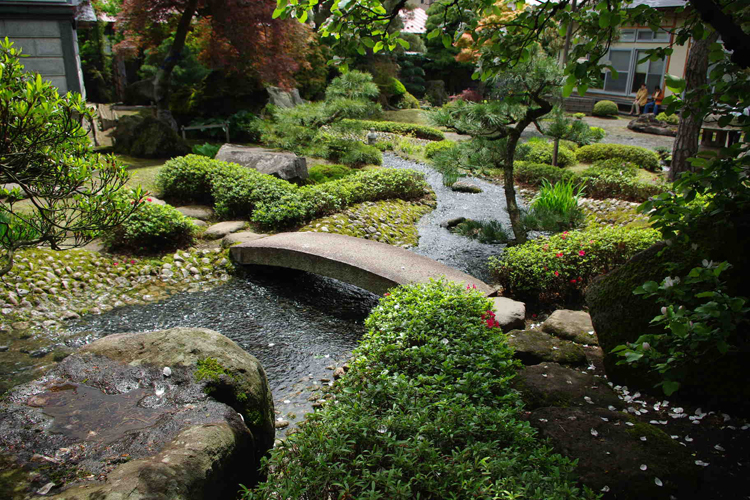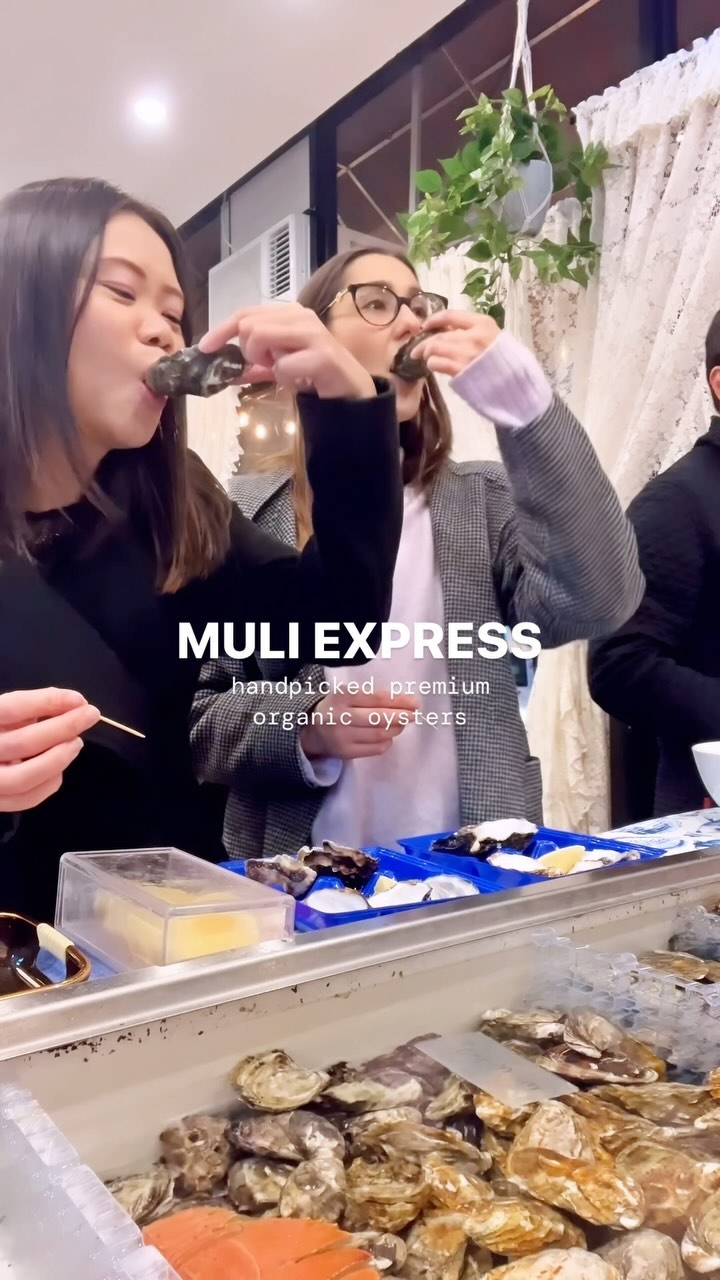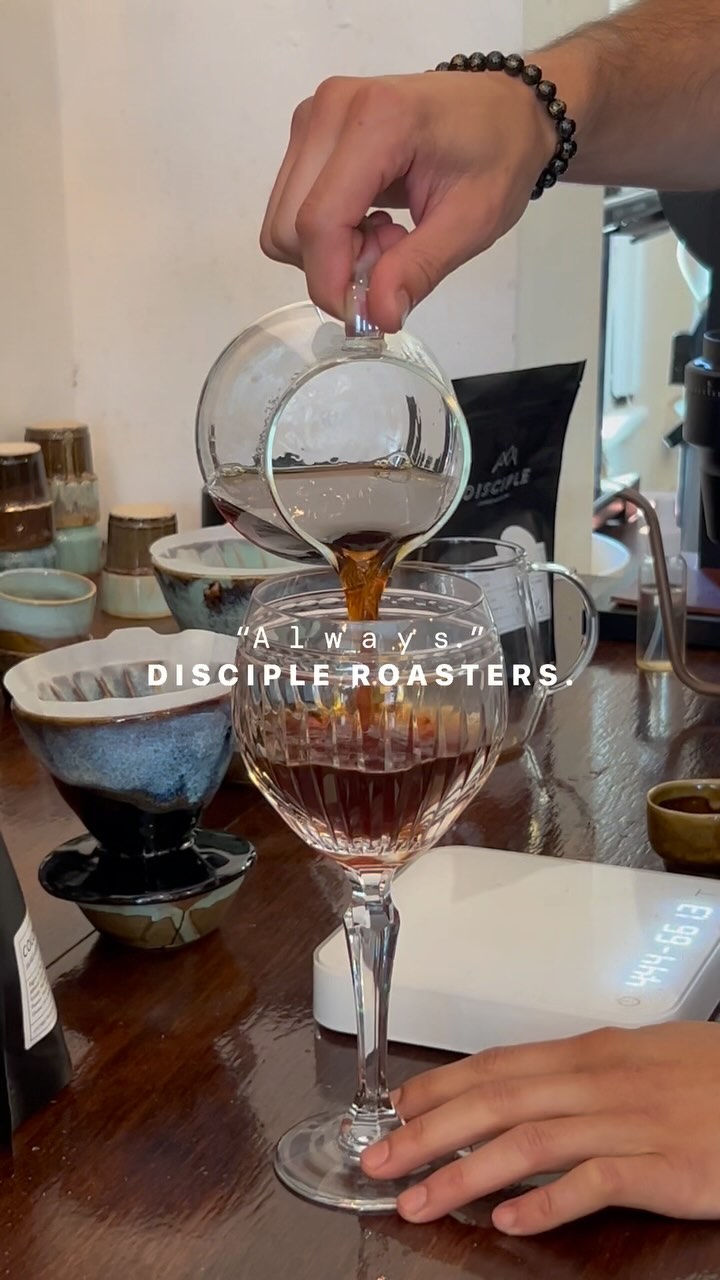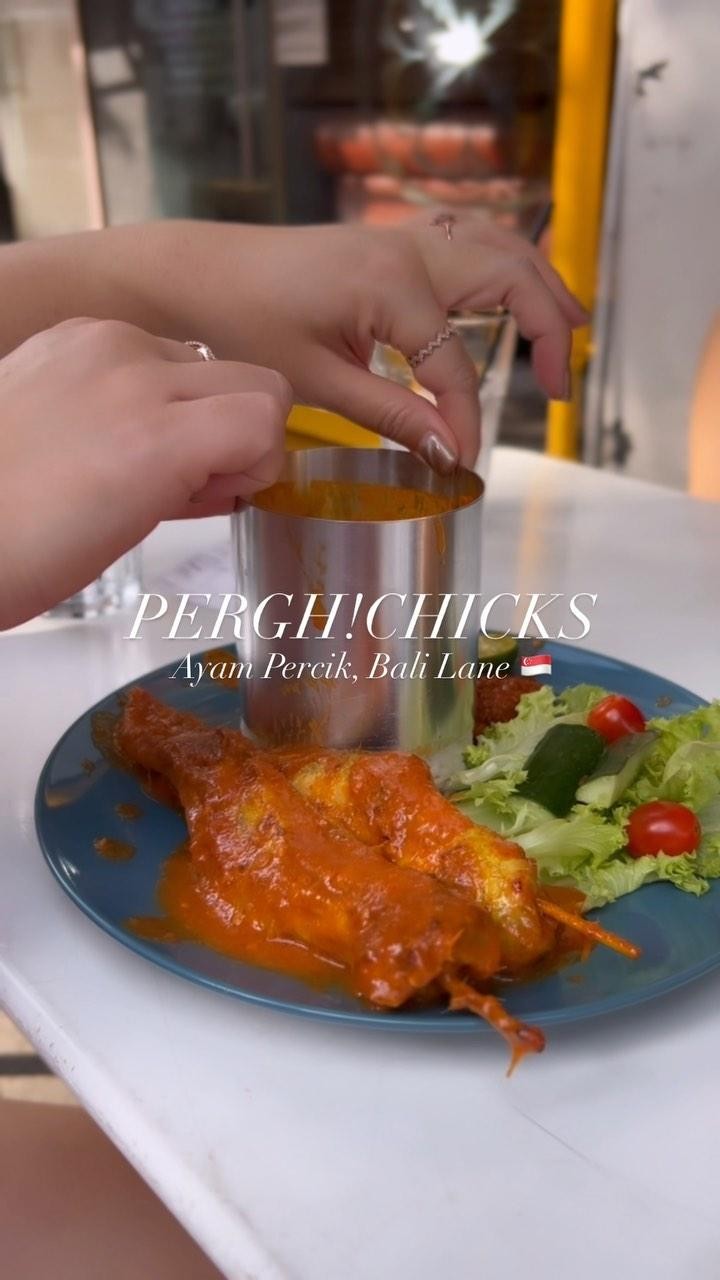Discovering the Craft of Japanese Plum Wine
An intimate tasting in Melbourne brought together industry professionals, Japanese representatives, and enthusiasts to indulge in the goodness of plum wine, exploring nine distinctive umeshu varieties from Wakayama Prefecture alongside the history, craft, and stories behind them.
Why Wakayama Matters
Wakayama Prefecture, in Japan’s Kansai region, is regarded as the birthplace of umeshu. Its famed Nanko plums, known for their rich acidity, delicate aroma, and complex sweetness, have long been considered the finest in Japan. Each bottle of umeshu reflects this heritage: part orchard, part craftsmanship, part cultural story.
Umeshu deserves more global attention. Beyond its reputation as a sweet drink, it offers surprising versatility. With a lower ABV than many spirits, natural antioxidants from the plums, and a wide spectrum of flavour profiles, it stands out as a cultural treasure with modern appeal. Compared to classic dessert wines like Sauternes, Tokaji, or Ice Wine, umeshu feels lighter, more refreshing, and adaptable. It invites indulgence without heaviness, precise in craft yet open to creative interpretation.
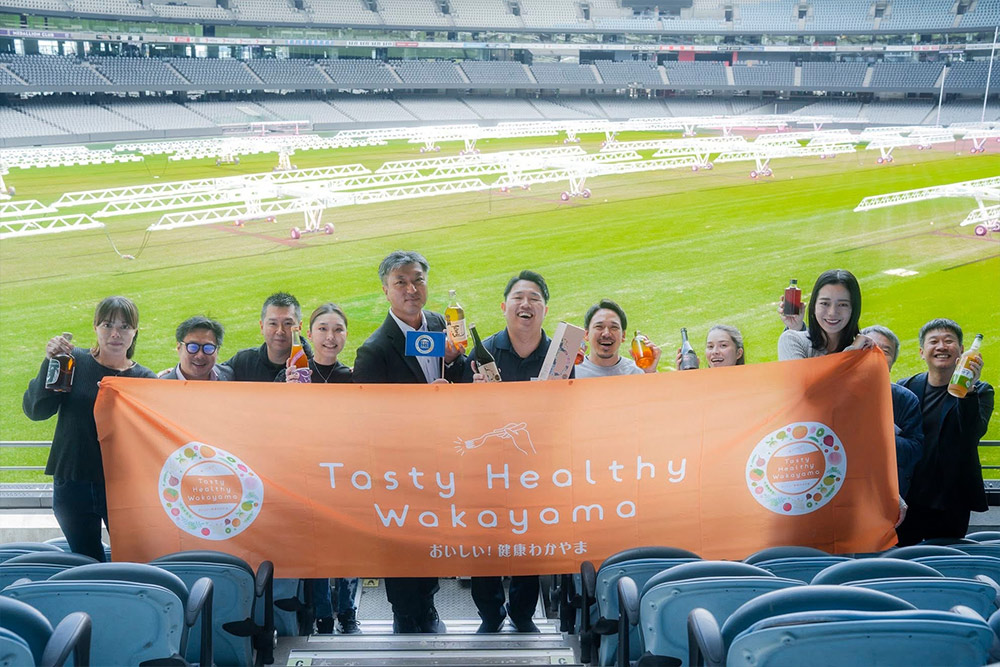
Inside the Tasting
The Melbourne session carried a professional but welcoming atmosphere. Mr Kohei Isa, representing Wakayama Prefecture, opened with stories of the orchards and the dedication of its brewers.
Guests explored how umeshu adapts across different contexts. Salted seaweed rims accentuated savoury depth, beef jerky amplified umami richness, and Sichuan pepper introduced a lively spark. Each pairing showed umeshu’s versatility, elegant when sipped neat, playful when mixed into cocktails.
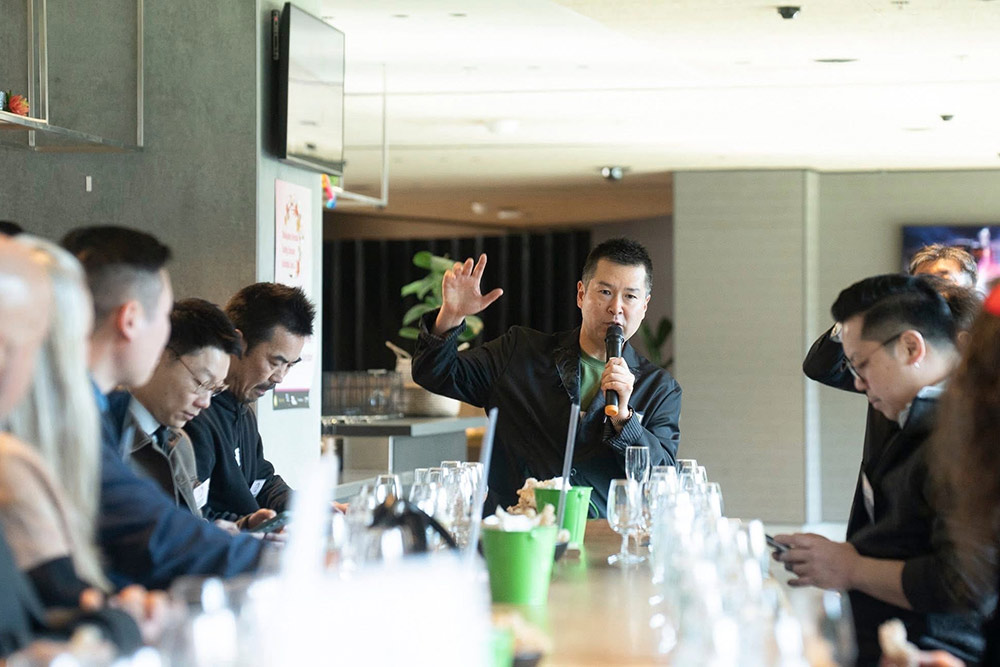
Nine Expressions of Umeshu
“B” – Baijuen Co., Ltd.
Presented by Mr. Ura, “B” is made with ripened and green Kishu Nanko plums steeped in ultra-soft spring water. The flavour is delicate, smooth, and refined, a showcase of craftsmanship that values restraint.
Kishu Yuzu Umeshu – Nakano BC Co., Ltd.
This fragrant blend of plums and local yuzu juice layers citrus brightness over gentle sweetness. Crisp and balanced, it bridges Japanese heritage with contemporary cocktail culture.
Yii – CU9 Inc.
Introduced by Mr. Ryo, Yii is the world’s first gin-based Umeshu. Plum tartness meets botanical spice in a sleek black bottle that quickly became one of the highlights of the evening. Crisp, zesty, and sugar-free, it redefines what umeshu can be for modern drinkers.
Fuu – CU9 Inc.
Also from CU9, Fuu offers a softer, more aromatic expression. With a gentler spice profile, it illustrated how innovation within umeshu can branch into unique personalities.
Plumity Black – Ume Domaine Arimoto
Made by plum farmers themselves, Plumity Black conveys orchard authenticity. Rich fruit aromas unfold into a long finish, rustic in its roots yet polished in execution.
Koi-umeshu – Yoshimura Hideo Shoten Co., Ltd.
Steeped for six months with twice the usual plum content, Koi-umeshu delivers intensity and a luxurious texture. Blended with plum pulp, its deep ruby colour and vivid aroma made it another favourite of the night.
Sui-umeshu – Nakano BC Co., Ltd.
Prepared immediately after harvest, Sui captures freshness at its peak. Bright, lively, and lightly sweet, it adapts effortlessly to soda, ice, or relaxed sipping.
Haruka – Kawamoto Shokuhin Co., Ltd.
Presented by Mr. Kawamoto, Haruka is a smooth expression finished with a touch of brandy. Polished and elegant, it represents both tradition and subtle innovation.
Kumano – Plum Foods Co., Ltd.
Citrus-forward and bold, Kumano layers plum with a gin base for a zesty, aromatic lift. It stood out as an ideal companion for contemporary cocktail culture.
Why They Are Precious
Every pour at this tasting carried craft, patience, and heritage. Plum harvests are seasonal, brewing methods are generational, and bottles are precious because they capture a fleeting moment in nature, preserved with care.
In comparison with sticky wines of the West, umeshu offers indulgence with balance. It pairs seamlessly with savoury, spicy, and sweet flavours, creating possibilities that stretch far beyond the dessert category. Its elegance and versatility make it unique on the global stage.
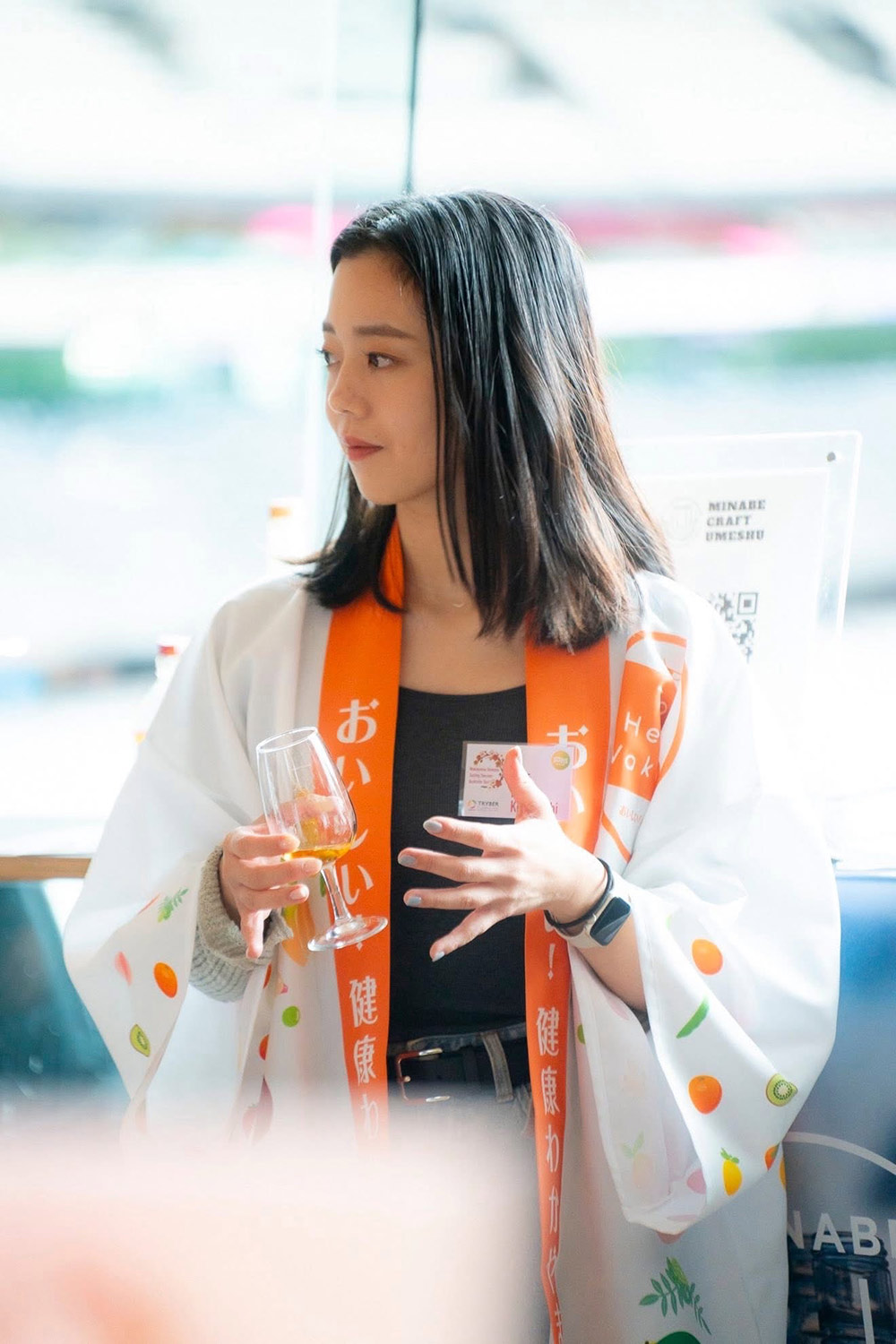
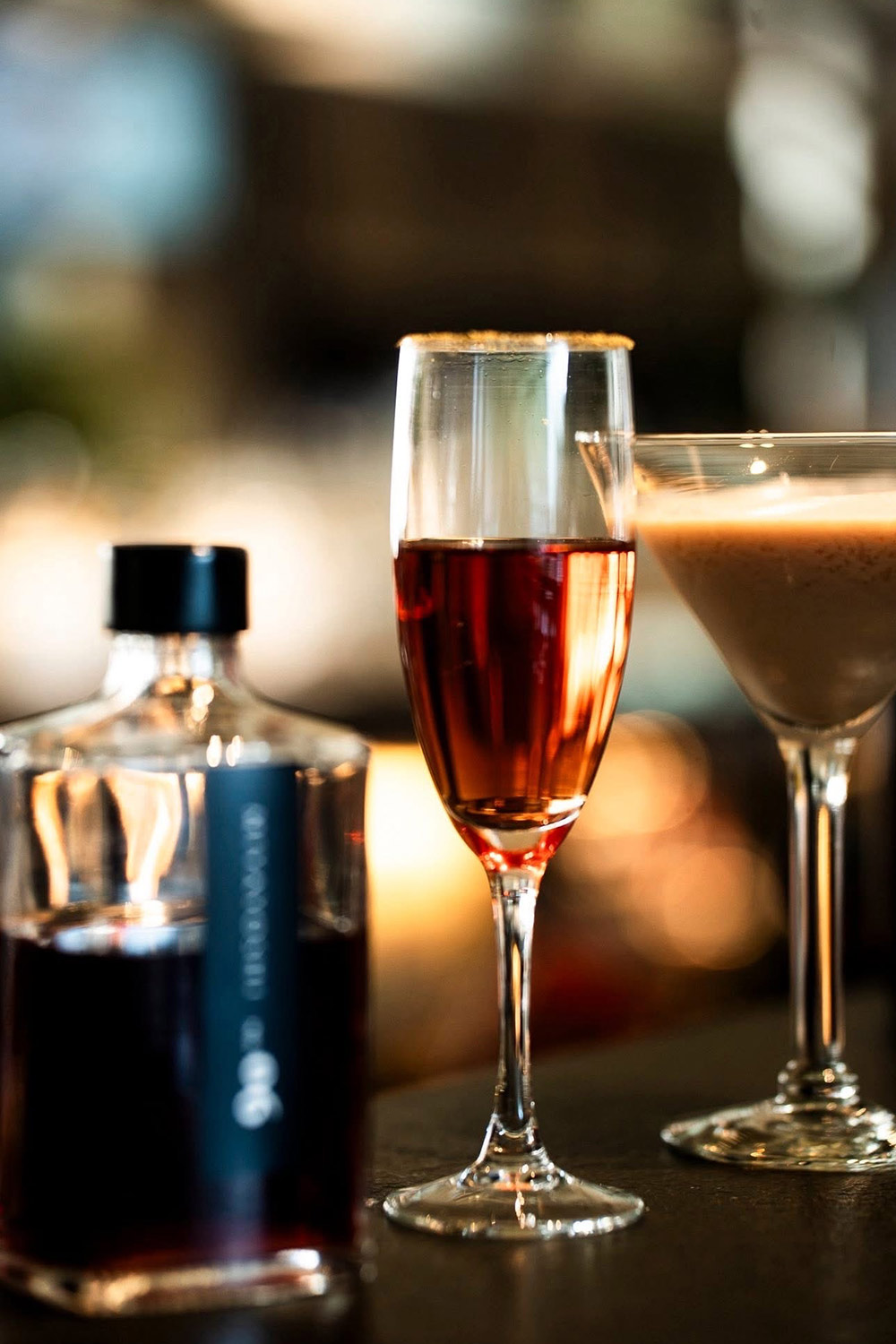
Looking Ahead
While Choya continues to dominate retail shelves, Wakayama’s breweries demonstrate the depth and creativity waiting to be explored. These makers are unapologetic in their craft, and Melbourne’s tasting proved their relevance to today’s drinkers.
Umeshu deserves a stronger presence on cocktail lists, not as an occasional curiosity but as an ingredient inspiring bartenders to push boundaries. With red-hued liqueurs, gin-based expressions, and orchard-rooted classics, Wakayama is offering a spectrum of styles that Melbourne is ready to embrace.
For us, Yii’s striking black bottle and Koi-umeshu’s deep ruby colour were highlights. For others, it may have been the delicate restraint of Baijuen’s “B” or the refined polish of Haruka. That is the beauty of umeshu: a spectrum of discovery where each expression speaks to a different palate.
One truth stood out above all. Wakayama umeshu embodies heritage, craftsmanship, and innovation in every pour, a refined taste of Japan ready to take its place in Australian glasses
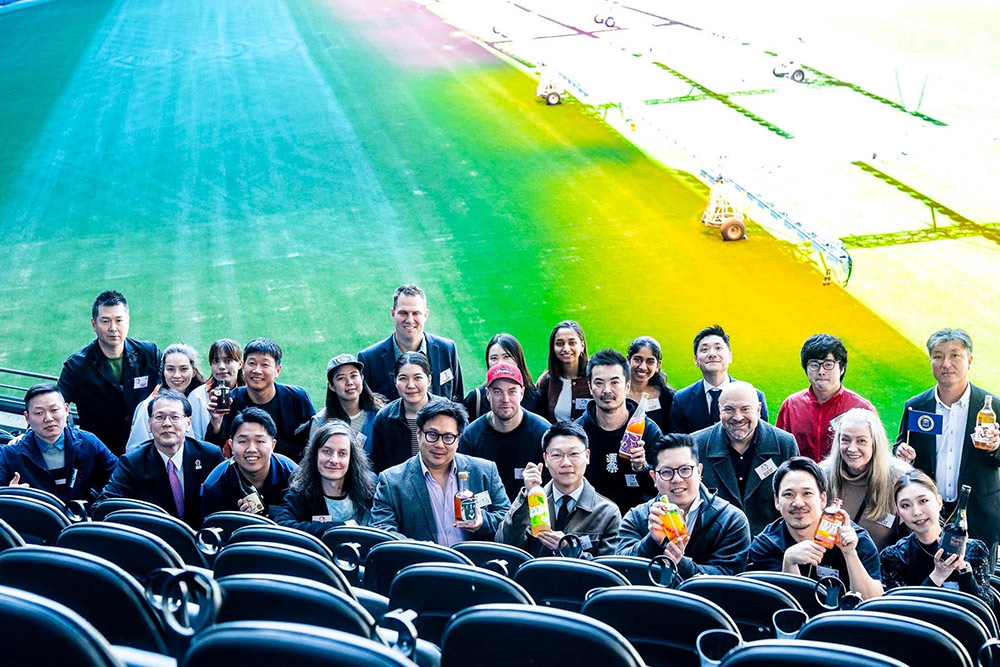
Disclaimer: This was an invited experience by Wakayama Prefecture attended by Roslyn Foo, Meenakshi Chintalapati and Devashree Joshi. As per Glamorazzi’s editorial policy, our reviews remain honest and independent.

